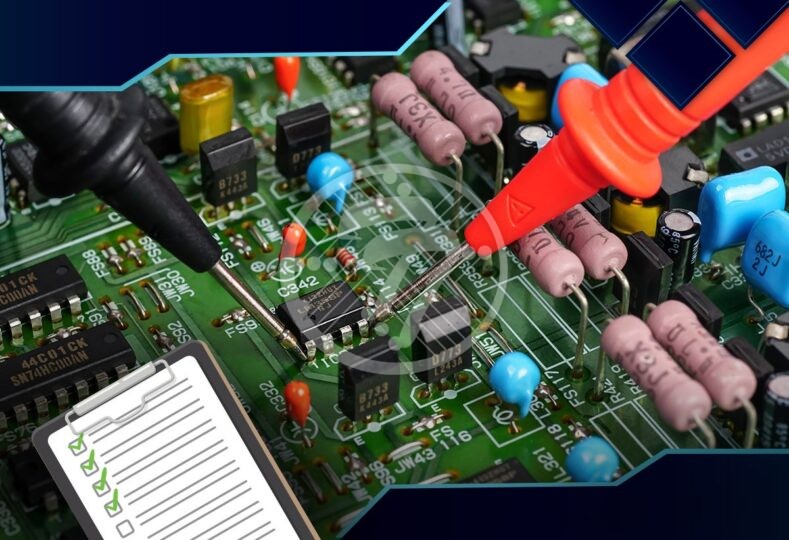Build a New Product quickly with PCB Assembly Prototyping – A Brief Guide!

Before you start a full production run, you want to be sure that your PCB is functioning correctly. After all you cannot afford costly errors where a PCB fails after full production or worse still you detect the fault after you send out the product into the market.
Creating a prototype ensures that any problems that can pose a threat to the final product’s functionality are weaned out early. In fact, multiple PCB prototype runs can be made to test a single function.
There are several types of PCB prototypes that can test various aspects. Some of these include:
- Visual Models: These are made in order to illustrate the physical aspect of the design.
- Proof-of-concept prototypes: They are used to test the minimum viability of the product without displaying all its competencies
- Working prototypes They have all the features of the final product and can be used to test its functioning.
- Functional Prototype: They resemble the final product closely.
In terms of PCB Assembly, there are two ways to produce prototypes. These include:
- Through-Hole assembly techniques that are hand-built
- Surface Mount Technology
While SMT (Surface Mount) manufacturing has a number of advantages including accommodating smaller components, components placed on both sides of the board and being less impacted by vibration, at the prototype stage very often through-hole technology is used since you are looking at small production runs. This technology also works where time is of constraint and resources are limited. However it is suited for less complex designs.
Overall PCB Prototyping helps in building a new product quickly on account of the following:
- It allows for changes in design. If you feel that the design does not seem to work for you, changes can be easily incorporated.
- Any troubleshooting is easy to do. That means you do not have to deal with costly errors at a later date. With a prototype you can undergo robust testing to ensure that it is working the way you have envisaged it to.
- It ensures quality as you are ensuring that you use the most efficient technology.
- It allows for new product testing and revisions before production begins.
- It allows for reduced timelines. This is made possible since it takes out the guesswork and also minimizes rework.
- It offers the ability to test components individually. This is especially important for complex projects.
As soon as the PCB prototype has proven its capability to meet the intended performance and quality requirements, a full production run can be immediately undertaken.
To PCB prototype or not?
It is clearly important to take a long-term view and not look at prototypes as an additional cost. In the absence of prototyping you tend to make costly mistakes that could even cost you the company reputation. Depending on whether you are looking at developing a product from scratch or making small adjustments to an existing product, your approach to prototyping will vary.
If you are reasonably sure of the manufacturability of the product, you could focus on speed and cost-effectiveness. However, if it is an innovative design and particularly a complex board, prototyping is the need of the hour as it optimizes board quality, optimizes expenses as well as optimizes the time to market. It is important to remember that with complex designs early failures can be inexpensive. If by chance you are stuck with an unfeasible idea you need not come to this realization after investing sizeable resources in the project. Also early prototypes offer more time to understand the technology. Any unseen technical challenges can be addressed timely and adjustments can be made before the product releases.
If you are seeking funding, once again prototypes come in handy in presenting a minimum viable product to investors. Last but definitely not the least, early prototyping also helps you in filing patents quickly. With a prototype, you can save your intellectual property rights from infringement.
To sum up
A PCB Prototype is a powerful tool that expedites new product launches while offering benefits of cost-saving. Importantly a reliable prototype is equal to a reliable product.
It is important however, that you choose the PCB prototype manufacturer with care. The right partner will not only assist you in developing your product, they will share important industry best practices that will save you the time and effort of reinventing the wheel.
We assure you to deliver high-quality circuit boards by providing custom prototyping services with the multilayered quick-turn prototype, chips, testing, and others. Our focus is to fulfill every requirement of multichannel industries like defense, IoT (Internet of Things), Aerospace, Electronics, Medical, Telecommunication and many more.
Get a Quick PCB Prototype Quote!






